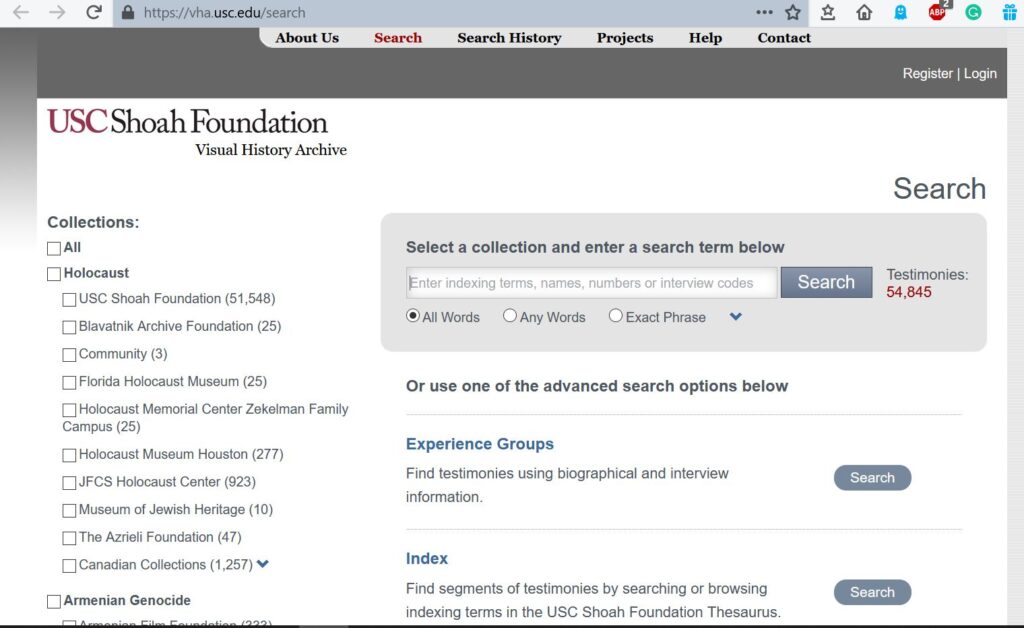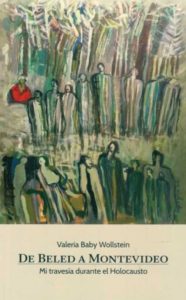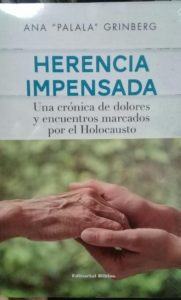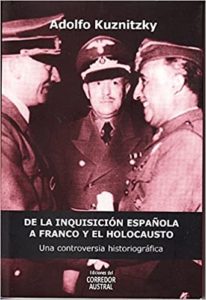Tag: Holocaust
Primary Sources: Testaments to the Holocaust, Documents and Rare Printed Materials from the Weiner Library, London
A recent acquisition, Testaments to the Holocaust, Dococuments and Rare Printed Materials from the Weiner Library, London, provides access to the “first archive to collect evidence from the Holocaust and the anti-semitic activities of the German Nazi party. It contains documentary evidence collected in several different programmes: the eyewitness accounts which were collected before, during and after the Second World War, from people fleeing the Nazi oppression, a large collection of photographs of pre-war Jewish life, the activities of the Nazis, and the ghettoes and camps, a collection of postcards of synagogues in Germany and eastern Europe, most since destroyed, a unique collection of Nazi propaganda publications including a large collection of ‘educational’ children’s’ books, and the card index of biographical details of prominent figures in Nazi Germany, many with portrait photographs. Pamphlets, bulletins and journals published by the Wiener Library to record and disseminate the research of the Institute are also included. 75% of the content is written in German.”
Primary Sources: Correspondence from German Concentration Camps and Prisons
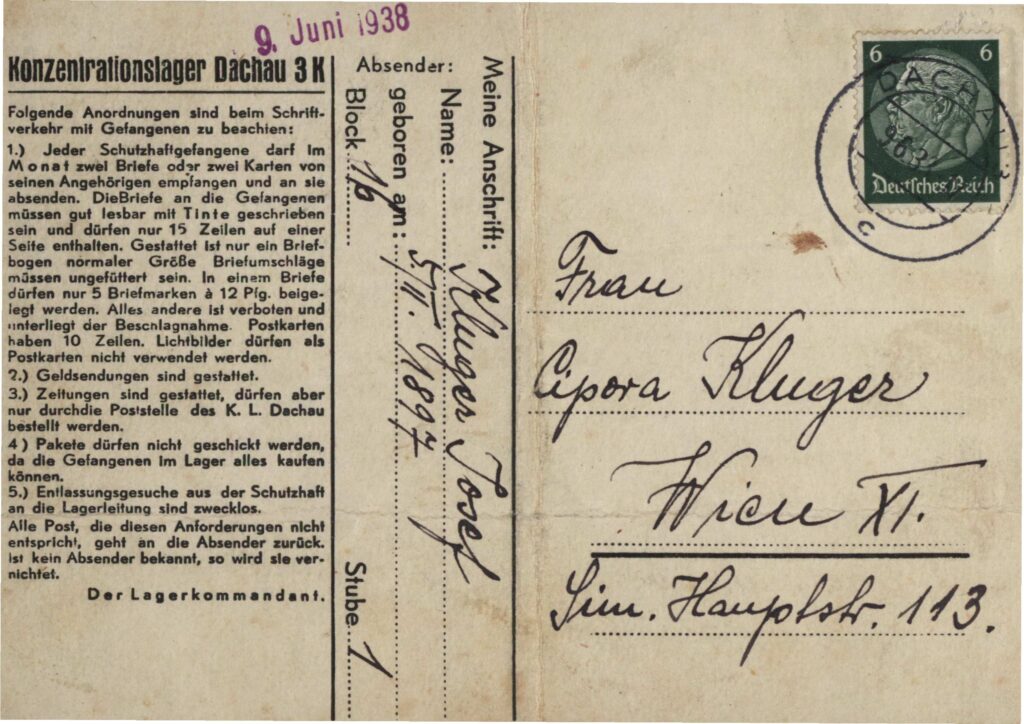 Correspondence from German Concentration Camps and Prisons is a digitized version of a “collection of items originating from prisoners held in German concentration camps, internment and transit camps, Gestapo prisons, and POW camps, during and just prior to World War II. Most of the collection consists of letters written or received by prisoners, but also includes receipts for parcels, money orders and personal effects; paper currency; and realia, including Star of David badges that Jews were forced to wear.”1
Correspondence from German Concentration Camps and Prisons is a digitized version of a “collection of items originating from prisoners held in German concentration camps, internment and transit camps, Gestapo prisons, and POW camps, during and just prior to World War II. Most of the collection consists of letters written or received by prisoners, but also includes receipts for parcels, money orders and personal effects; paper currency; and realia, including Star of David badges that Jews were forced to wear.”1
1 Archives & Research Collections, McMaster University. “World War, 1939-1945, German Concentration Camps and Prisons Collection.” Accessed July 13, 2023. https://archives.mcmaster.ca/index.php/world-war-1939-1945-german-concentration-camps-and-prisons-collection.
New book by Estelle Tarica
Holocaust Consciousness and Cold War Violence in Latin America proposes the existence of a recognizably distinct Holocaust consciousness in Latin America since the 1970s. Community leaders, intellectuals, writers, and political activists facing state repression have seen themselves reflected in Holocaust histories and have used Holocaust terms to describe human rights atrocities in their own countries. In so doing, they have developed a unique, controversial approach to the memory of the Holocaust that is little known outside the region. Estelle Tarica deepens our understanding of Holocaust awareness in a global context by examining diverse Jewish and non-Jewish voices, focusing on Argentina, Mexico, and Guatemala. What happens, she asks, when we find the Holocaust invoked in unexpected places and in relation to other events, such as the Argentine “Dirty War” or the Mayan genocide in Guatemala? The book draws on meticulous research in two areas that have rarely been brought into contact—Holocaust Studies and Latin American Studies—and aims to illuminate the topic for readers who may be new to the fields.
[from publisher’s site]
Estelle Tarica is Professor of Latin American Literature and Culture and former Chair of the Latin American Studies Program at UC Berkeley. She is incoming Chair of the Department of Spanish & Portuguese. Her previous book The Inner Life of Mestizo Nationalism concers the discourse of indigenismo and mestizaje in Mexico, Peru and Bolivia focusing on the work of José María Arguedas, Rosario Castellanos and Jesús Lara. Her articles have appeared in edited volumes and in the journals Chasqui, Revista de Crítica Literaria Latinoamericana, Latin American Literary Review, Journal of Latin American Studies, Política Común and Yale French Studies, among others.
She discussed her latest book with Alejandra Decker (Hispanic Languages and Literatures, UCB) and Robert Kaufman (Comparative Literature, UCB) on April 7 through the Center for Latin American Studies.
Holocaust Consciousness and Cold War Violence in Latin America.
Albany: State University of New York Press, 2022.
Primary Sources: Digitized records recently added to the NARA catalog
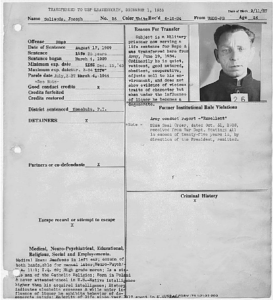 The National Archives and Records Administration recently added new sets of records of digitized items to its catalog.
The National Archives and Records Administration recently added new sets of records of digitized items to its catalog.
Warden’s Notebook Pages, 1934 – 1963 (Alcatraz)
These looseleaf notebook pages contain basic summary information about, and an identification photograph (frontal view of face), of each inmate. In some cases collateral material, such as disciplinary reports or news clippings, are also included. Some of the information in these records is incorrect when compared with the more extensive inmate files. Several warden’s notebook pages are not extant, although accompanying disciplinary reports filed with the notebook page are sometimes available. The records were also microfilmed in 1978 by the Bureau of Prisons. The microfilmed version includes some/all of the “missing” original pages. These pages have been printed and interfiled among the original records. The records may be restricted due to privacy concerns. Register numbers 1 through 900 have been screened and are open for research.
Boulder Canyon Project Histories, 1948 – 1966
This series contains histories, which include photographs, data tables, maps, and technical drawings, that describe projects authorized under the Boulder Canyon Project Act, namely Boulder Dam (later renamed Hoover Dam), Boulder Power Plant, located on the Colorado River, and the All-American Canal, all Bureau of Reclamation projects. The histories include information on project construction, operation, and maintenance, including the installation of power plant machinery. The records document the creation and construction of Boulder City, Nevada, and Lake Mead National Recreation Area.
Photographs Relating to Federal Aviation Facilities, 1946 – 1972
This series consists of photographs relating to the Federal Aviation Administration’s area operations and facilities throughout Alaska. These locations and facilities include the Aleskya Oil Pipeline, Mt. McKinley or Denali, Merrill Field, Elmendorf Air Force Base, Akiak, Amchitka, Cordova, Fairbanks, Iliamna, Kodiak, Metlakatla, Nenana, Nome, Portage, Skagway, Juneau, Tanana, and Wrangel.
Information Cards for Inmates of the Langenstein-Zwieberge Concentration Camp, ca. 1947 – ca. 1947
This series consists an index to inmates of the Langenstein-Zwieberge concentration camp. Each index file includes the inmate’s name, date of birth, nationality, and prisoner number. Files of deceased inmates are marked with a cross. The index, originally created by the German authorities in charge of the camp, is in German.
Intelligence Files, 1946 – 1953
The Intelligence Files include charts, graphs, correspondence, memorandums, reports, and printed materials and is comprised of four subseries. The Central Intelligence Files subseries consists mostly of daily summaries of the military situation in Korea from June 1950 to January 1953, with references to political and economic issues, cease-fire negotiations, and communist propaganda. Also in the subseries are intelligence memorandums concerning Europe, the Truman Doctrine, the Marshall Plan, Israel, Yugoslavia, and China.
International Holocaust Remembrance Day (January 27)
Today is International Holocaust Remembrance Day. On this day, while we reflect on the tragedy Shoah and its meaning, we also remember genocides that have occurred all over the world. The First Nations’, Armenians, and Rwandan genocides are some of the events that mark our humanity’s failure to prevent modern tragedies based on collective punishment mechanisms, state inflicted aggressions, and extremist ideologies. Below are some of the library resources that help us reflect upon these tragedies that could have been prevented only if the world could have countered these aggressions in a cohesively decisive way. The UN definition of genocide can be found here. Below are some sources in our library’s collections that will help you know more about Shoah and other genocides.
Holocaust, Jewish (1939-1945), in literature.
Holocaust, Jewish (1939-1945), in motion pictures.
Holocaust survivors — Psychology.
Holocaust survivors — Mental health.
Holocaust, Jewish (1939-1945) — Psychological aspects.
Armenian Genocide, 1915-1923.
Holocaust Remembrance Day ( יום השואה = Yom HaShoah)
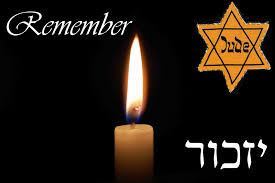
The source for this image is here: https://embassies.gov.il/new-york/newsandevents/pages/yom-hashoah.aspx Fair Academic Use Only.
This image may be protected by the U. S. Copyright Law (Title 17, U.S.C).
Today is Holocaust Remembrance Day. Holocaust is a term that etymologically is defined as “sacrifice by fire, a burnt offering,” while I cannot debate the origin of this term and appropriateness of its use in the context of the genocide, As an Indian-American aka Desi aka South Asian, I prefer to use the word Shoah when it comes to the genocide of European Jews during the World War II (השואה, HaShoah, “the catastrophe”). United States Holocaust Memorial Museum can serve as one of the many starting points for those who want to teach about the Holocaust. UC Berkeley Library subscribes to USC Shoah Foundation Virtual History Archive that our students and faculty can access after authenticating from an off-campus location.
Irrespective of the terms we use the essence of tragedy and crime that was perpetrated against one group of people by the other cannot be forgotten. Before Shoah and after it, many Jews migrated to Latin America and their subsequent generations produced exemplary writers. Professor Ilan Stavans has authored an article on Latin American Jewish Literature. Below are some of the books that one can read and reflect upon on this day of the remembrance of all of the victims of the different genocides whom we have lost.
Primary Sources: USC Shoah Foundation Visual History Archive
The Library recently acquired the USC Shoah Foundation Visual History Archive, a collection of unedited, primary source interviews with survivors and witnesses of genocide and mass violence. The bulk of the testimonies included relate to the Holocaust, as collecting these was the original purpose of the project. Now the archive has expanded to include testimonies from the 1994 Rwandan Tutsi Genocide, the 1937 Nanjing Massacre, the Armenian Genocide, the Cambodian Genocide, the Guatemalan Genocides, the ongoing South Sudan Civil war, the Central African Republic conflict and anti-Rohingya mass violence in Myamar.
![[book cover]](https://update.lib.berkeley.edu/wp-content/uploads/2022/06/tarica.png)
